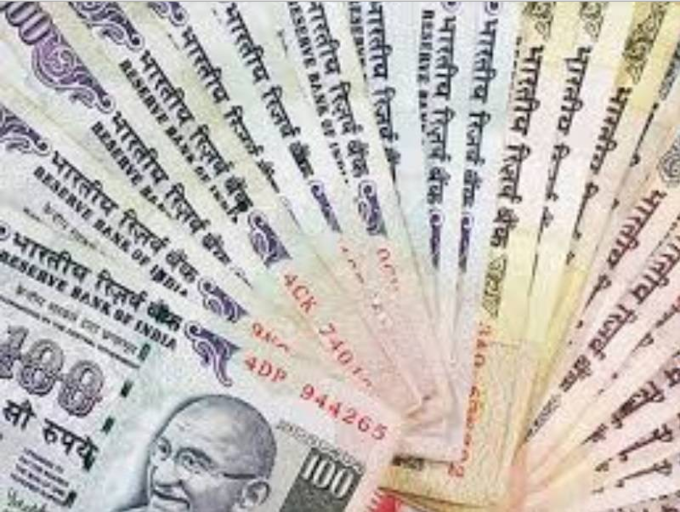
The introduction of Goods and Service Tax (GST) is expected to be one of the most crucial indirect tax reforms in India. Conceived with the prime objective to integrate the central and state taxes and reduce the cascading effect of taxes, GST could possibly provide ease of doing business and achieve the milestone which the ’Make in India’ crusade has set the stage for.
While the Bill is still pending, the government preparing the framework and ground to implement GST. Four official draft documents outlining the process pertaining to registration, payment, refund and return have already been released in the month of October 2015.
Broad Framework of GST
As regard the broad framework of GST, all intra-state supply of goods/services would attract Central Goods and Services Tax (CGST) and State Goods and Services Tax (SGST).
All inter-state supplies would attract Integrated Goods and Services Tax (IGST) which would be a summation of SGST and CGST. Basic Customs Duty (‘BCD’) levied on importation of goods into India would continue to exist under GST regime. However, the additional customs duty (i.e. CVD) levied in lieu of Excise and the Special Additional Duty (SAD) levied in lieu of Sales tax/Value Added Tax (‘VAT’) would be subsumed under the Import GST. Further, import of services would be subject to IGST on a reverse charge mechanism, following the principle of destination based taxation. Further, exports of both goods and services would continue to be zero rated.
Rate under GST
As regard the rate under GST, a two-rate structure is being proposed with lower rate at around 12% and standard rate between 17% to18% (rates are CGST and SGST combined).
Under GST, set-off of taxes so paid on import of goods and services other than BCD will be available as credit so as to avoid cascading impact of taxes. Though cross utilisation of CGST with SGST and vice versa as well as cross utilization of SGST of a particular State with SGST of another State may not be allowed. Further, various restrictions on availment of credit (such as trader cannot take credit of CVD, service provider cannot take credit of SAD) are likely to go away. In fact, it appears that in light of ‘Ease of Doing Business’ initiative, government in the GST process document on refund has indicated to grant refund of accumulated input credit in case of inverted duty structure (which is a long drawn issue in many industries like pharma) which typically arise due to high taxes on importation of goods.
Minimal exemptions
Following the international practices, GST regime is expected to have minimal exemptions/concessions. Various exemptions (viz. from CVD and SAD) currently available under the present regime on import of goods are likely to cease under GST. However, there is no clarity on various tax benefits under GST such as duty drawback, duty benefit on import of goods which are for the purpose of re-export, continuity of the concept of merchant exporter etc.
The refund
In terms of the GST process document on refund, it appears that the option to procure duty free inputs for exported goods could be withdrawn under the GST. Instead, refund of input taxes is being suggested (including of the SGST portion). Conversion of upfront exemptions to refund would lead to a higher working capital requirements and lead to lower liquidity. Also, the intricacies involved in claiming refund claim would have to be dealt with especially where one would have to deal with various state level authorities (viz. in absence of concept of centralized registration under GST except for sectors such as banking).
Further, it would also be relevant to monitor the fate of existing exemptions for Special Economic Zones (SEZ) units in light of the ab initio exemption currently available to the SEZ units. Thus, whether such ab initio exemptions would continue for SEZ units or the same would be changed entirely to a refund mode is still to be addressed under GST.
Further, concepts of High Sea Sale and Sale in the course of import/export may not hold any relevance under GST. Concessions based on issuance of various forms (such as Form H for claiming upfront Central Sales Tax (‘CST’) exemption on penultimate sales for exports, upfront exemption of CST basis Form I by SEZ, exemption from payment of VAT on supplies to SEZ subject to conditions prescribed in state VAT law etc.) is still to be answered under GST as the fate of such exemptions also hangs in doldrums.
As regard various duty/tax exemptions and export-linked benefits under the Foreign Trade Policy (such as Export Promotion Capital Goods Scheme, advance authorisation, Merchandise Exports from India Scheme, Services Exports from India Scheme etc.), it would be relevant to monitor whether the existing exemption from Central levies to these exporters would continue under GST.
Addressing the legal issues under GST
Besides various typical situations (especially under Service tax law) are expected to be addressed under GST. These include (a) treating the branches and the head office located in various jurisdictions (including India) as separate legal entities and denying the benefit of export of services provided by the Indian establishment; (b) defining the place of provision of ‘intermediary’ services as place of service provider (thereby denying the benefit of export of services to various players).
Indian industry at large hopes to see a pragmatic shift with several concerns in relation to GST being addressed in the upcoming Budget. Also, GST should help solve the complexities around the tax structure, and provide ease of doing business. Therefore, it would be relevant to monitor the finer GST details which are expected to be rolled out soon by the government.
The article has been authored by Sanjay Garg, partner, Indirect Tax at KPMG India. The views and opinions expressed herein are those of the author and do not necessarily represent the views and opinions of the organisation.